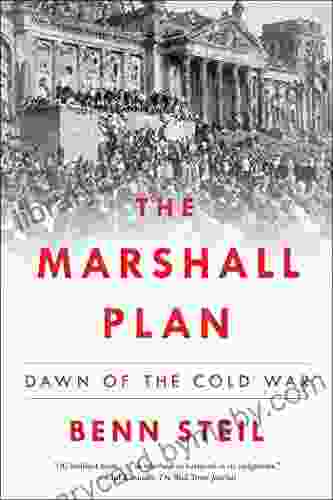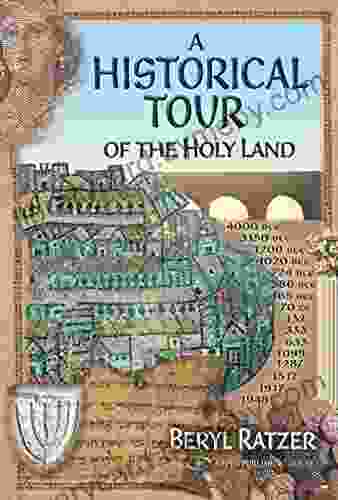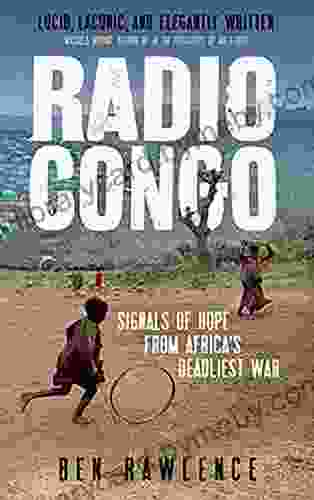The Marshall Plan: Dawn of the Cold War - Reshaping Post-War Europe

Unveil the Intriguing History and Impact of the Marshall Plan

In the aftermath of World War II, Europe lay in ruins, its cities crumbled, and economies shattered. As the dust settled, a profound question arose: how to rebuild a devastated continent and prevent it from falling into chaos or Soviet influence? The answer emerged in the form of the Marshall Plan, an ambitious American initiative that transformed the post-war landscape of Europe and shaped the course of global politics.
4.5 out of 5
| Language | : | English |
| File size | : | 33503 KB |
| Text-to-Speech | : | Enabled |
| Screen Reader | : | Supported |
| Enhanced typesetting | : | Enabled |
| Word Wise | : | Enabled |
| Print length | : | 625 pages |
Genesis of the Marshall Plan
The idea for the Marshall Plan originated with General George Marshall, the U.S. Secretary of State. In a speech at Harvard University in 1947, Marshall proposed a massive aid program to help Europe rebuild its war-torn economies. The plan aimed to provide financial assistance, technical expertise, and machinery to jump-start European recovery.
The initiative was prompted by several factors: the urgency to prevent widespread famine and civil unrest in Europe, the desire to counter Soviet expansionism, and the belief that a prosperous Europe would be a stable and reliable partner in the emerging global Free Download.
Implementation and Objectives
The Marshall Plan, officially known as the European Recovery Program, was implemented between 1948 and 1952. The United States allocated a staggering $13 billion (equivalent to approximately $140 billion today) to 16 European countries, including Great Britain, France, Italy, and Germany.
The plan's objectives were threefold:
1. To restore European production to pre-war levels. 2. To modernize and rationalize European industry. 3. To create stable economic and political conditions in Europe.
Impact on European Recovery
The Marshall Plan played a pivotal role in Europe's post-war recovery. The influx of financial aid and resources stimulated economic growth, industrial production, and technological advancements. By 1952, European industrial output had surpassed pre-war levels, and agricultural production had increased significantly.
The plan also fostered cooperation among European nations, encouraging them to work together to coordinate economic policies and promote regional integration. This laid the foundation for the eventual establishment of the European Union.
Political and Geopolitical Implications
While the Marshall Plan was primarily an economic aid program, it had profound political and geopolitical implications. The Soviet Union viewed the plan with suspicion, seeing it as an attempt to undermine its influence in Eastern Europe. The division between the East and West deepened, leading to the formation of two distinct blocs: the Western bloc, led by the United States, and the Eastern bloc, dominated by the Soviet Union.
The Marshall Plan also helped strengthen the United States' role as a global superpower. By providing massive economic assistance, the United States established itself as a leader in Europe and a formidable adversary to the Soviet Union.
Legacy and Beyond
The Marshall Plan remains a landmark event in the history of post-war Europe and global politics. It was a bold and ambitious initiative that helped rebuild a devastated continent, prevented famine and chaos, and laid the foundations for European economic integration.
The plan's legacy extends beyond its immediate impact on economic recovery. It has been praised as a model for successful international cooperation and a testament to the United States' commitment to aiding its allies. The Marshall Plan continues to serve as a reminder of the power of economic assistance to promote stability, foster cooperation, and shape the course of history.
4.5 out of 5
| Language | : | English |
| File size | : | 33503 KB |
| Text-to-Speech | : | Enabled |
| Screen Reader | : | Supported |
| Enhanced typesetting | : | Enabled |
| Word Wise | : | Enabled |
| Print length | : | 625 pages |
Do you want to contribute by writing guest posts on this blog?
Please contact us and send us a resume of previous articles that you have written.
 Book
Book Novel
Novel Page
Page Chapter
Chapter Text
Text Story
Story Genre
Genre Reader
Reader Library
Library Paperback
Paperback E-book
E-book Magazine
Magazine Newspaper
Newspaper Paragraph
Paragraph Sentence
Sentence Bookmark
Bookmark Shelf
Shelf Glossary
Glossary Bibliography
Bibliography Foreword
Foreword Preface
Preface Synopsis
Synopsis Annotation
Annotation Footnote
Footnote Manuscript
Manuscript Scroll
Scroll Codex
Codex Tome
Tome Bestseller
Bestseller Classics
Classics Library card
Library card Narrative
Narrative Biography
Biography Autobiography
Autobiography Memoir
Memoir Reference
Reference Encyclopedia
Encyclopedia Clare Lewis
Clare Lewis Rita Williams Garcia
Rita Williams Garcia Ben Fritz
Ben Fritz Garry Apgar
Garry Apgar Ben Egginton
Ben Egginton Bill Richardson
Bill Richardson Stephanie South
Stephanie South Beth Whitehouse
Beth Whitehouse Birgit O Connor
Birgit O Connor Beppe Severgnini
Beppe Severgnini Bernard T Ferrari
Bernard T Ferrari Bernard Darwin
Bernard Darwin Bengie Molina
Bengie Molina Simon Michael Prior
Simon Michael Prior Bil Johnson
Bil Johnson Jared Diamond
Jared Diamond Jay Rayner
Jay Rayner Donald Jeffries
Donald Jeffries Ben Merkle
Ben Merkle James Baldwin
James Baldwin
Light bulbAdvertise smarter! Our strategic ad space ensures maximum exposure. Reserve your spot today!
 Craig BlairFollow ·18.3k
Craig BlairFollow ·18.3k T.S. EliotFollow ·14.4k
T.S. EliotFollow ·14.4k Aleksandr PushkinFollow ·2.5k
Aleksandr PushkinFollow ·2.5k Aldous HuxleyFollow ·19.9k
Aldous HuxleyFollow ·19.9k George BellFollow ·3.3k
George BellFollow ·3.3k Chad PriceFollow ·16.8k
Chad PriceFollow ·16.8k William PowellFollow ·5.9k
William PowellFollow ·5.9k Darren NelsonFollow ·19.9k
Darren NelsonFollow ·19.9k

 Ivan Cox
Ivan CoxSpeak With Ease: The Ultimate Guide to Public Speaking...
By Rupika Raj ...

 Jesus Mitchell
Jesus MitchellVulcan Forge: A Suspense Thriller that Will Keep You on...
Vulcan Forge is...

 Dashawn Hayes
Dashawn HayesThe Carteret Family Bob Martin: A Comprehensive Review
Bob Martin's...
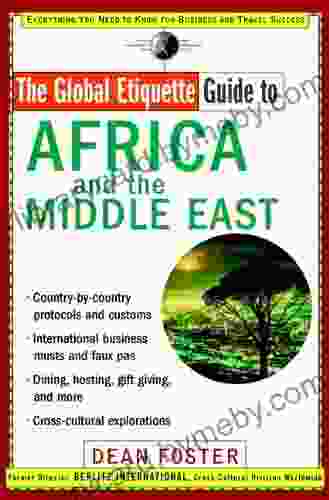
 Owen Simmons
Owen SimmonsUnlock the World of Cultural Nuances with "The Global...
Embark on a Journey of...
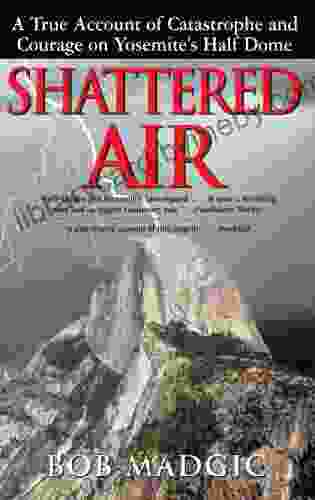
 Ian McEwan
Ian McEwanConquer the Mountain: True Account of Catastrophe and...
In the heart of California's stunning...
4.5 out of 5
| Language | : | English |
| File size | : | 33503 KB |
| Text-to-Speech | : | Enabled |
| Screen Reader | : | Supported |
| Enhanced typesetting | : | Enabled |
| Word Wise | : | Enabled |
| Print length | : | 625 pages |


